Choosing the right litter box and litter for your feline companion is more than just a practical decision—it’s an essential aspect of their health and happiness. Cats are notoriously particular about their bathroom habits, and a poorly chosen setup can lead to stress, accidents, or even health issues. Whether you’re a first-time cat owner or looking to upgrade your current setup, understanding the nuances of litter boxes and litter types will help you create a comfortable and hygienic environment for your pet.
The foundation of a good litter box setup begins with size and accessibility. Cats need enough space to move around comfortably, dig, and cover their waste. A box that’s too small may discourage use, leading to unwanted accidents around the house. For kittens or smaller cats, a low-entry box is ideal, while larger breeds or senior cats may benefit from high-sided or even top-entry designs to contain litter scatter. If you have multiple cats, the general rule is to provide one box per cat, plus an extra—this helps prevent territorial disputes and ensures each feline has a clean place to go when nature calls.
Material and design also play a significant role in your cat’s acceptance of their litter box. Plastic is the most common material due to its affordability and ease of cleaning, but some cats dislike the lingering odors that plastic can retain over time. Stainless steel or ceramic options, while pricier, are more odor-resistant and durable. Covered litter boxes offer privacy and reduce litter tracking, but some cats feel trapped or dislike the enclosed space. Observing your cat’s behavior will help determine whether an open or covered design suits them best.
When it comes to litter, the choices can be overwhelming—clumping, non-clumping, silica gel, biodegradable, scented, or unscented. Clumping litter is a popular choice for its ease of scooping and odor control, but some cats may develop respiratory sensitivities to the dust it produces. Silica gel crystals are highly absorbent and long-lasting, but the texture may feel unnatural to certain felines. Natural options like pine, wheat, or corn-based litters are eco-friendly and gentle on paws, though they may not control odors as effectively as synthetic alternatives. Above all, avoid heavily scented litters, as many cats find strong fragrances off-putting.
Placement is another critical factor that’s often overlooked. Cats prefer quiet, low-traffic areas where they can do their business undisturbed. Avoid placing the litter box near loud appliances, in cramped corners, or too close to their food and water. If your home has multiple levels, consider placing a box on each floor to prevent accidents. Additionally, ensure the box is easily accessible—senior cats or those with mobility issues may struggle with high-sided boxes or locations that require climbing stairs.
Maintenance is just as important as the initial selection. A dirty litter box is one of the most common reasons cats refuse to use their designated bathroom space. Scoop waste daily, and completely change the litter and wash the box with mild, unscented soap at least once a week. Avoid harsh chemicals, as lingering odors can deter your cat from using the box. If you notice your cat avoiding the litter box despite proper cleaning, it may be time to experiment with a different type of litter or box style.
Ultimately, the best litter box and litter combination depends on your cat’s individual preferences and your household’s needs. Pay attention to their habits—whether they prefer a certain texture, avoid covered boxes, or have sensitivities to dust. Trial and error may be necessary, but the effort will pay off in a happier, healthier cat and a cleaner home. By prioritizing your feline’s comfort and instincts, you’ll create a bathroom setup that both of you can live with harmoniously.

By /Jun 28, 2025
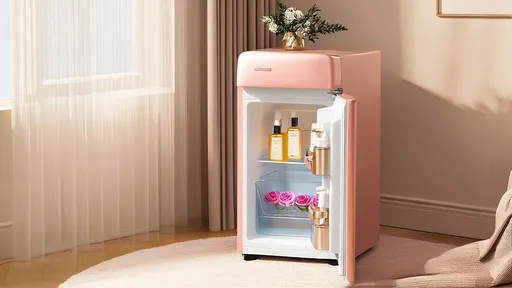
By /Jun 28, 2025
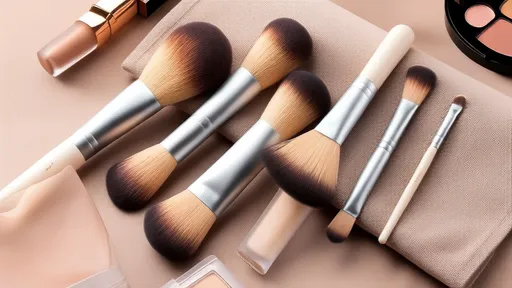
By /Jun 28, 2025

By /Jun 28, 2025
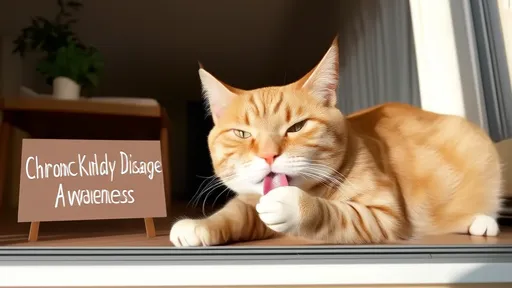
By /Jun 12, 2025

By /Jun 12, 2025

By /Jun 12, 2025

By /Jun 12, 2025

By /Jun 12, 2025

By /Jun 12, 2025
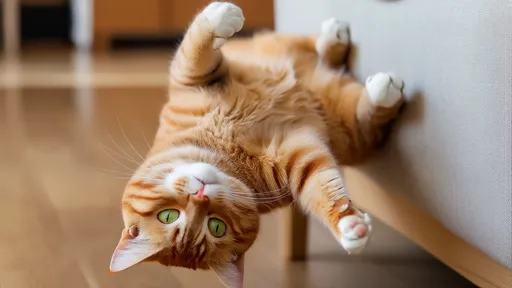
By /Jun 12, 2025
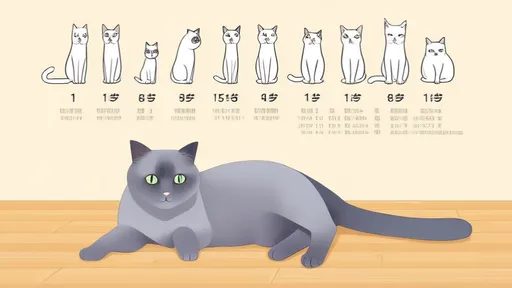
By /Jun 12, 2025

By /Jun 12, 2025
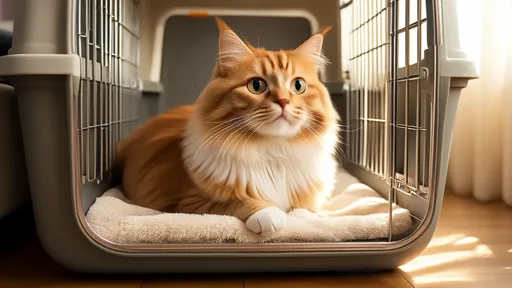
By /Jun 12, 2025
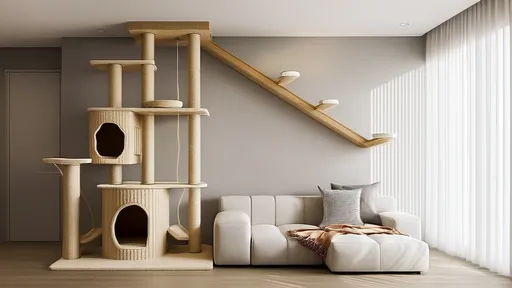
By /Jun 12, 2025
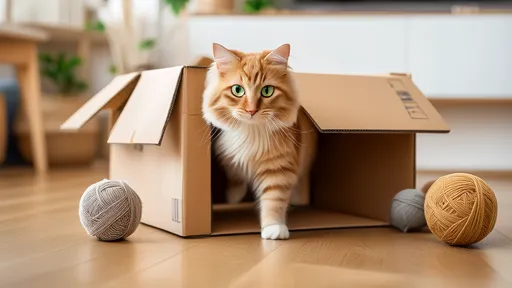
By /Jun 12, 2025
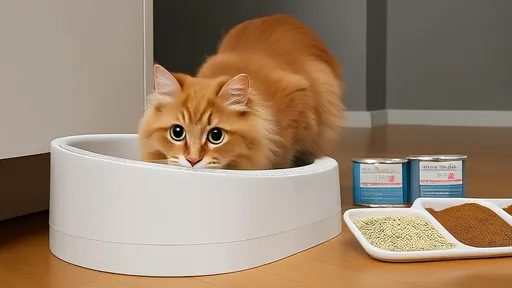
By /Jun 12, 2025